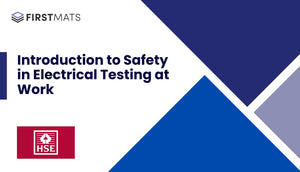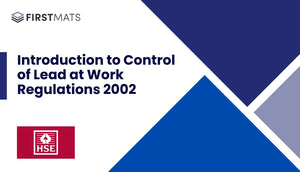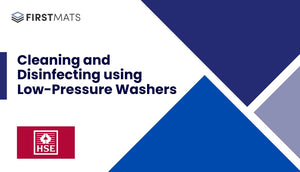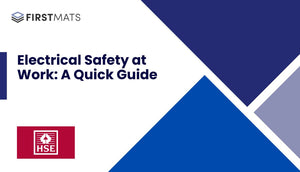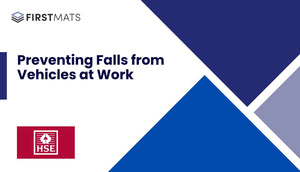Article Index:
Introduction
This article is a simplified guide to the Health and Safety Executive's (HSE) document on safety in gas welding, cutting, and similar processes. The original document, leaflet INDG297(rev1), published in 05/12, provides comprehensive information on the hazards associated with the use of compressed gases for welding, hot cutting, and similar processes and the precautions necessary to avoid injury and property damage.
Main Hazards
The main hazards associated with gas welding and cutting include:
- Fire caused by heat, sparks, molten metal or direct contact with the flame
- Explosions when cutting up or repairing tanks or drums containing flammable materials
- Fire/explosion caused by gas leaks, backfires, and flashbacks
- Fumes created during flame cutting
- Fire/burns resulting from misuse of oxygen
- Burns from contact with the flame or hot metal
- Crushing or impact injuries when handling and transporting cylinders
Preventing Fire and Explosion
Precautions to prevent fire and explosions include:
- Moving the workpiece to a safe location for hot work
- Removing or protecting nearby combustible materials
- Checking for hidden combustible materials behind walls or in partitions
- Using flame-resistant sheets or covers to prevent hot particles from passing through openings
- Maintaining a fire watch during and after the work if the consequences of a fire are severe
- Keeping fire extinguishers nearby
Safety Measures for Equipment Use
Safe use of oxy/fuel gas equipment requires:
- Regular checks for leaks and faults in the equipment
- Correct lighting-up procedure, including purging the hoses before lighting the torch
- Use of correct gas pressures and nozzle size for the job
- Proper maintenance of the equipment
Fume Safety and Respiratory Protection
The fume from welding and flame cutting metals can be harmful. Measures to reduce the risk of ill health include:
- Use of fume extraction or filtering respirators (respiratory protective equipment or RPE)
- Work in a position where the wind blows the fume cloud away from you and other people when working outdoors
- Use of fume control such as extraction and/or RPE when working on materials coated with hazardous substances
Conclusion
This quick guide provides a simplified overview of the HSE's document on safety in gas welding, cutting, and similar processes. For more detailed information, it is recommended to read the full document, leaflet INDG297(rev1), published 05/12.


